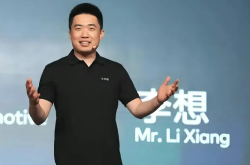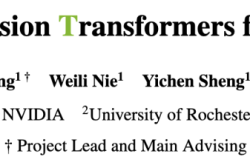Exclusive Perks of Huawei Mate 80 Series Unveiled: Out of Reach for Domestic Rivals—For Now!
![]() 09/28 2025
09/28 2025
![]() 615
615
In recent days, Xiaomi has hogged the limelight in the smartphone arena, even eclipsing the buzz around the iPhone 17 for a while. The widely panned pre-launch name change for Xiaomi’s latest offering barely dented its sales momentum. The Xiaomi 17 series continues to fly off the shelves, with the Pro Max model already sold out in some stores. While the company assures that restocking is underway, the shortage is expected to persist in the near term. Meanwhile, competitors are not sitting idle, gearing up for their upcoming launches. Take Huawei, for instance, which has maintained a relatively low profile lately but is rumored to be gearing up for a game-changing move.
Insider sources suggest that the variable aperture feature, once a staple in the domestic smartphone market, is being phased out—except for the Huawei Mate 80 series. Other manufacturers (presumably domestic rivals) are unlikely to incorporate this feature in their forthcoming models. The duration of this exclusivity remains uncertain, but in my view, it should hold sway for the rest of the year. Curiosity abounds: why does the Mate 80 series enjoy this unique advantage?
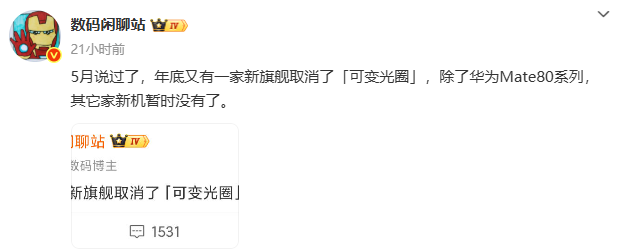
After all, domestic competitors have previously utilized variable aperture technology. So, why the sudden change? A plausible explanation, in my opinion, is that Huawei holds the key patents for variable aperture. For reasons that remain undisclosed, Huawei has temporarily tightened its patent licensing. I struggle to find any other plausible explanation. Some might argue that this technology originates from suppliers, not Huawei. However, such a view underestimates Huawei’s technological prowess.
Unlike its peers, Huawei relies less on external suppliers for critical technologies. The company boasts a treasure trove of core smartphone patents, a competitive edge that its rivals simply cannot match. As for when Huawei might relax its grip on the variable aperture patent, humorously put, it largely depends on Huawei’s whims. So, what exactly is variable aperture? In simple terms, it’s a mechanical device that adjusts the amount of light entering the camera, significantly enhancing image quality in specific scenarios.
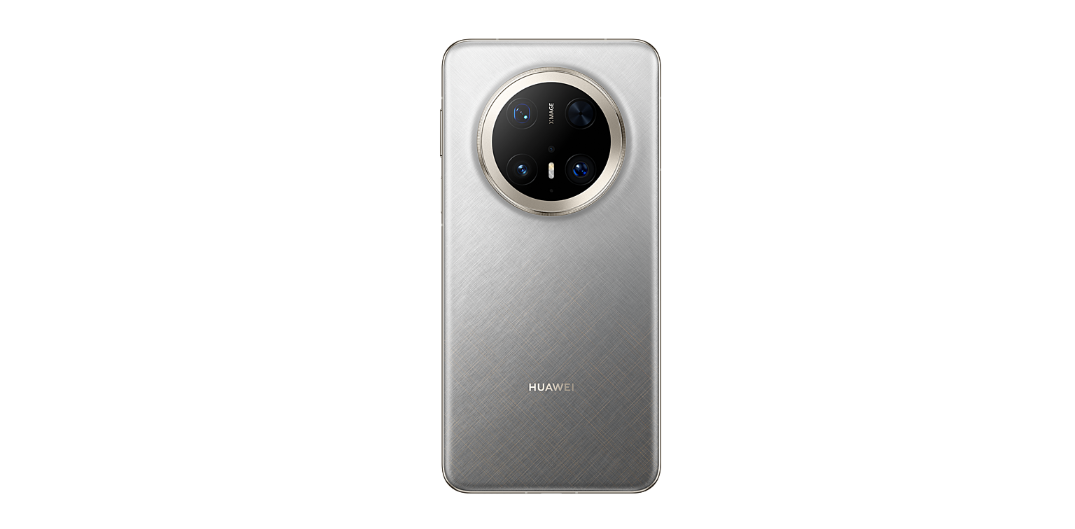
With Huawei tightening its patent grip, the imaging capabilities of its flagship models are set to further outpace those of its competitors. Have you noticed that the Android camp seems to have quietly dropped satellite communication from its flagship models? Whether already launched or upcoming, no models have promoted this feature. This is likely due to similar patent-related constraints. Huawei’s robust in-house R&D capabilities are well-known, but the extent to which it can dictate feature availability for competitors is a surprise to many.
This is also a key reason why Huawei remains unfazed despite facing significant external pressures. Some critics label Huawei’s approach as narrow-minded, but I see no issue with it. A company should have the autonomy to leverage its self-developed patents as it sees fit.
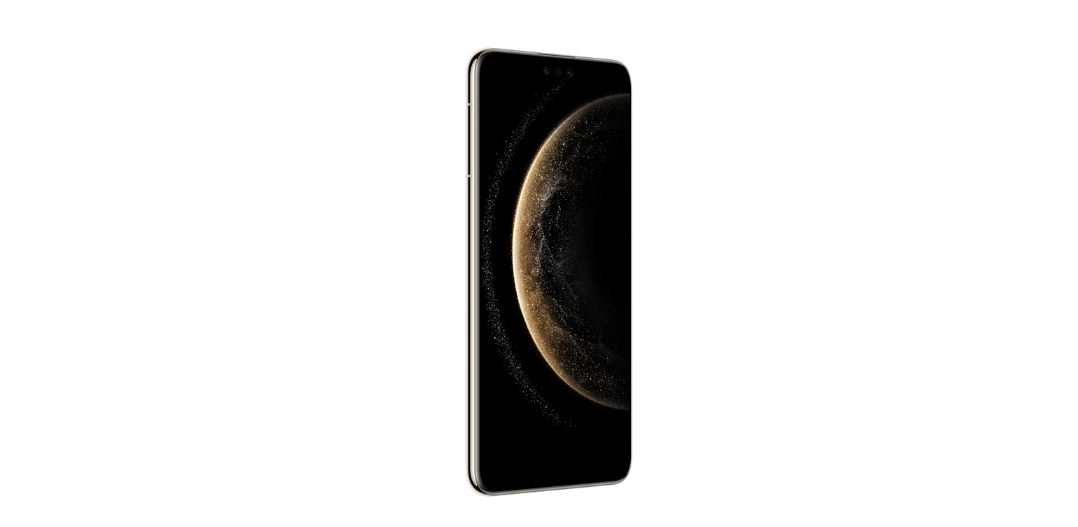
Online rumors suggest that Apple’s 20th-anniversary iPhone might feature variable aperture, potentially setting the stage for a true showdown between Huawei and Apple.






